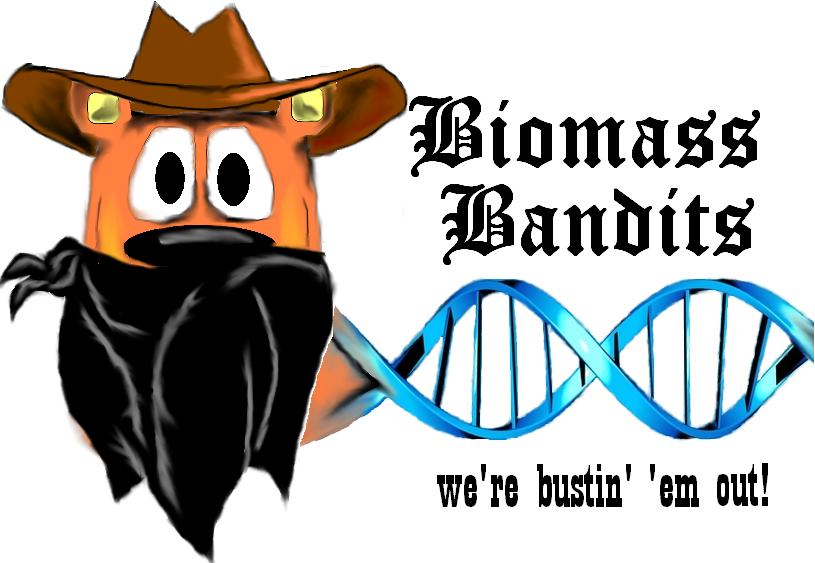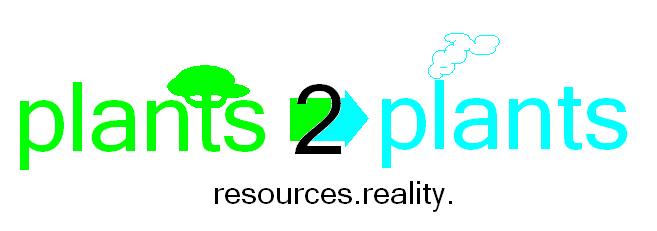Team:Mississippi State/Project
From 2008.igem.org
| Team | Project | Papers and Notebook |
| You can write a background of your team here. Give us a background of your team, the members, etc. Or tell us more about something of your choosing. | |
|
Lignin is a ubiquitous, extremely complex biopolymer found in plant cells. It is the most recalcitrant part of the cell wall, and only a few organisms possess the machinery necessary for its degradation. As a result, a huge proportion of the earth's biomass resources are trapped in a highly degradation resistant lignin matrix. To make these resources viable for energy and chemical needs, lignin must be broken down to separate the chemical components of biomass. | |
|
Mississippi State seeks to benefit the uses of non-food material biomass as a source of energy. Though ethanol and other biofuels offer an alternative to fossil fuels, their extraction from food crops is unrealistic and puts enormous economic strain on both food products and the further development of natural fuels. Biomass waste contains a huge amount of unused cellulose and hemicellulose, the raw materials for biofuel production. In addition, Lignin has been shown to be a source of biogasoline, which conforms better than any current biofuel to the existing energy infrastructure. As a result, this project will develop a better method for natural degradation of biomass to reduce the costs and complications involved with current methods. | |
|
We seek to isolate a single gene from the Lignin Peroxidase gene family. This gene will be sequenced, tested, characterized, and submitted to the registry in BioBrick format. Our project is vital to developing a biological process for degrading biomass. Lignin Peroxidase initiates this process, so we see fit that this technology must be the first developed. We want to make our resources a reality, and this project is the first step. | |
| Team Example 2 |
| Home | The Team | The Project | Parts Submitted to the Registry | Modeling | Notebook |
|---|
(Or you can choose different headings. But you must have a team page, a project page, and a notebook page.)
Contents |
Overall project
- So Far
- What We've Done And Why
- Requirements
- [http://dspace.mit.edu/bitstream/1721.1/21168/1/biobricks.pdf BioBrick Design]
- [http://mit.edu/endy/www/scraps/comic/AiSB.vol1.pdf An Intro to SynBio]
Your abstract
 "
"


